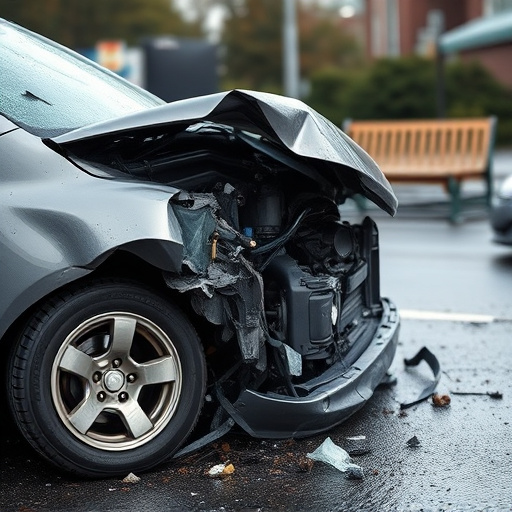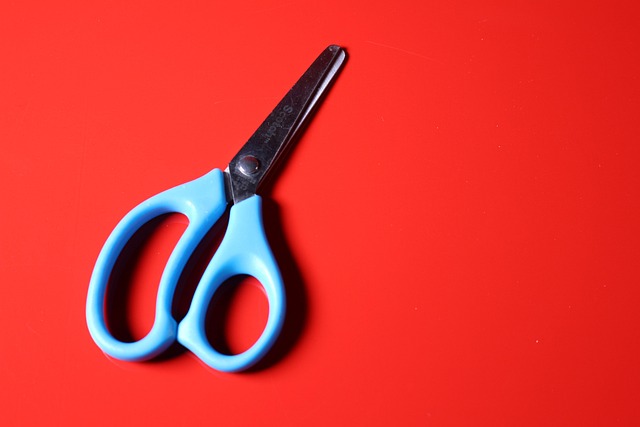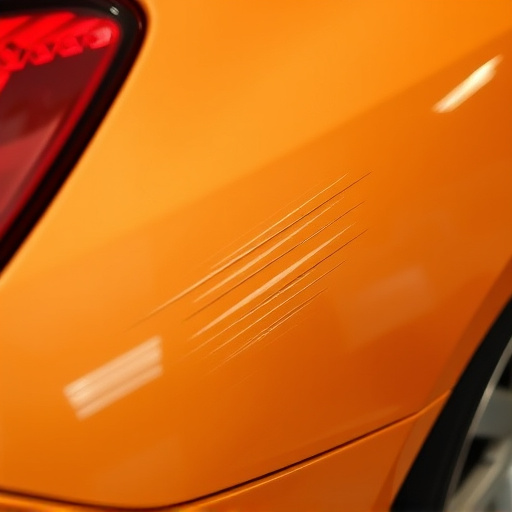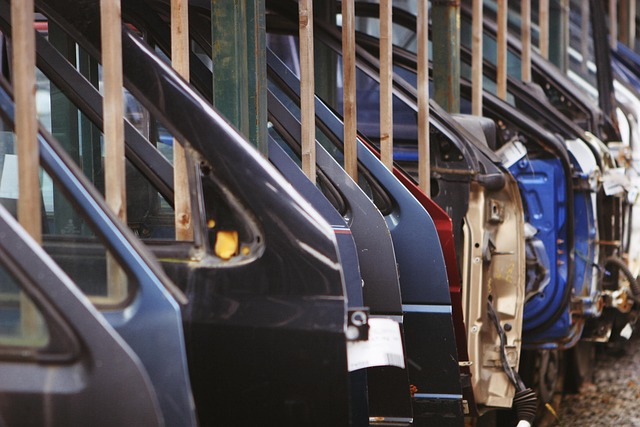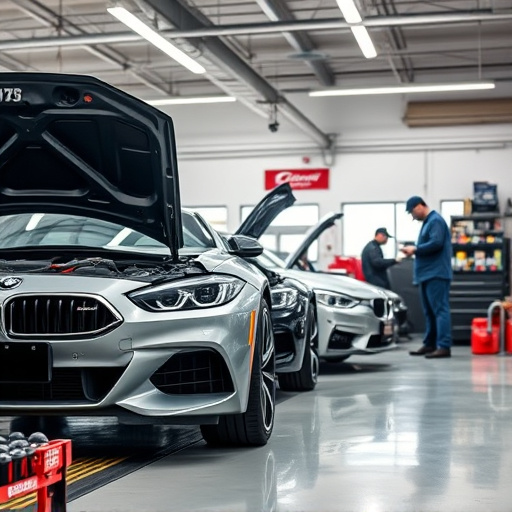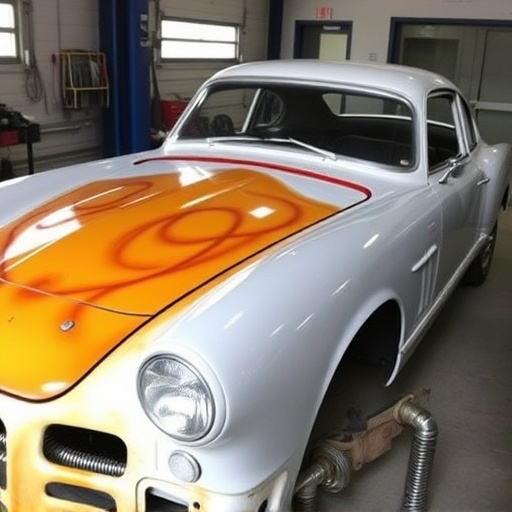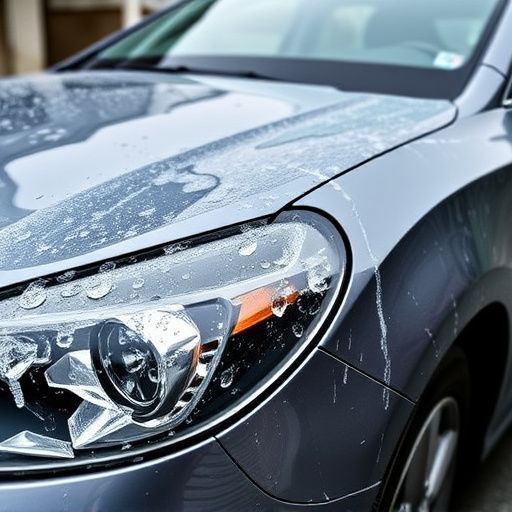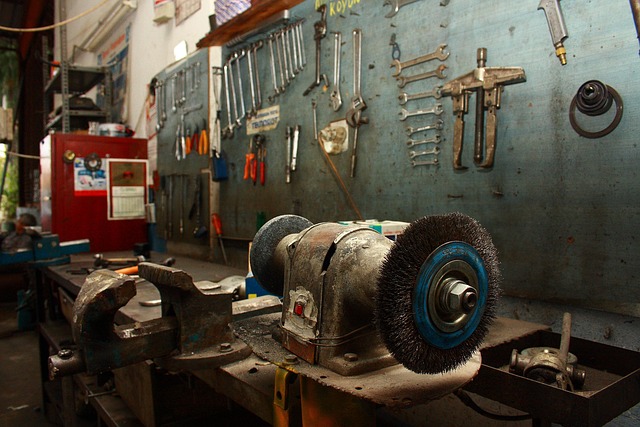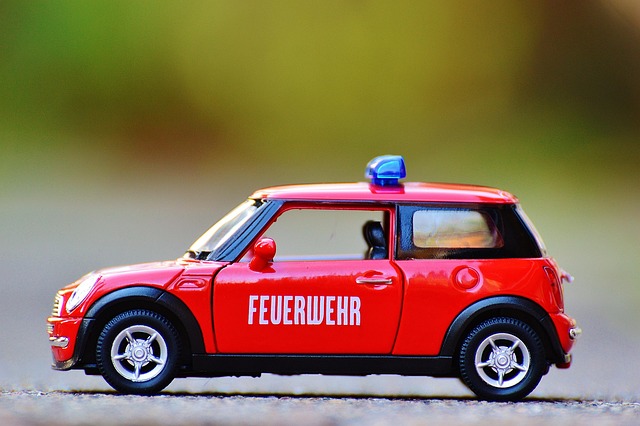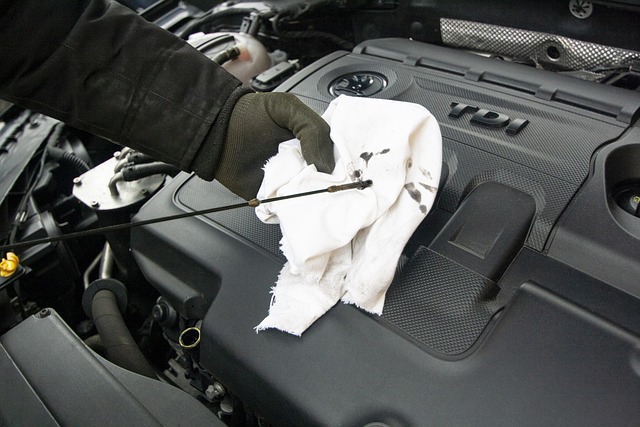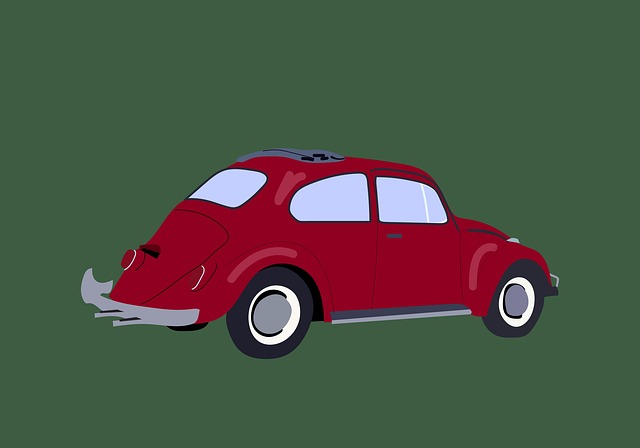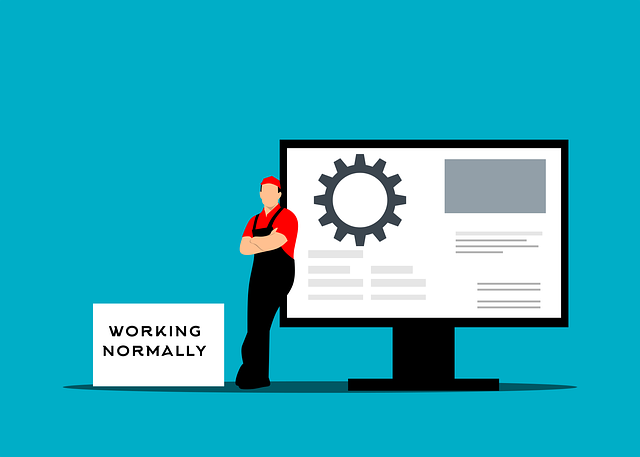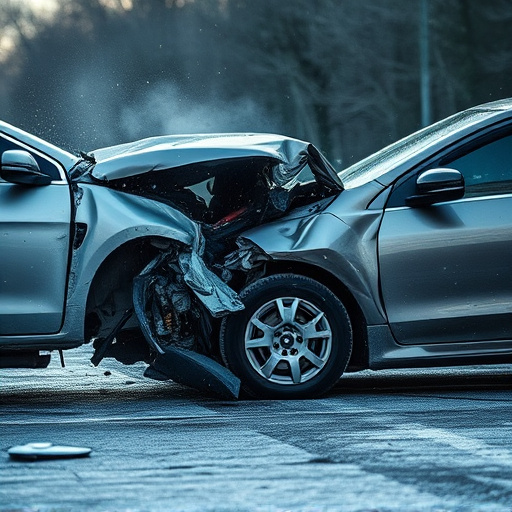Unleash the potential of Professional Detailing and Repair (PDR) for steel panels with our advanced techniques guide. This comprehensive resource delves into the art of selecting the right PDR tools, mastering complex panel repairs, and achieving flawless paint matching. Learn how to navigate intricate shapes, optimize fabrication processes, and prepare panels for advanced coatings like galvanization and powder coating. Elevate your steel panel restoration game with these essential tips tailored for professionals.
- Choosing the Right PDR Tools for Steel Panels
- – Understanding different tool types and their applications
- – Factors to consider when selecting tools for specific steel panel repairs
Choosing the Right PDR Tools for Steel Panels
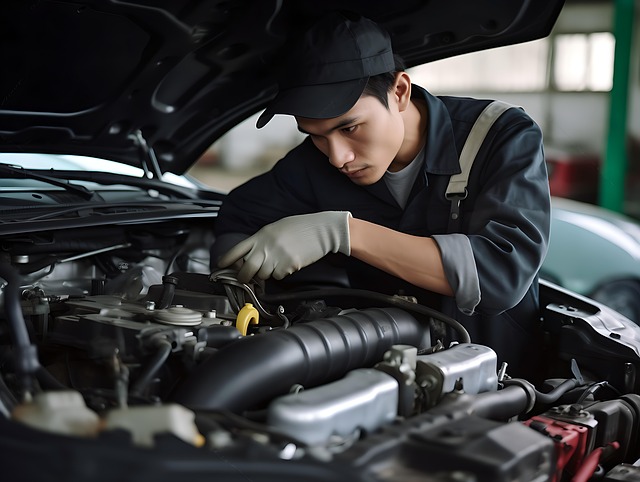
When it comes to PDR for steel panels, selecting the appropriate tools is key to achieving flawless results. The right set of PDR (Paintless Dent Repair) tools can make all the difference in efficiency and quality of repair. For steel panels, consider tools designed with stronger springs and sturdier tips to handle the material’s rigidity.
Specialized PDR kits often include various pawls, pointers, and pullers tailored for different types of dents and panel thicknesses. Opting for a versatile kit that offers a range of attachments will enable you to tackle a variety of car scratch repair scenarios in an auto body shop or garage setting. Remember, the right tools can streamline the process, ensuring your auto repair shop remains competitive and provides top-notch auto body services.
– Understanding different tool types and their applications
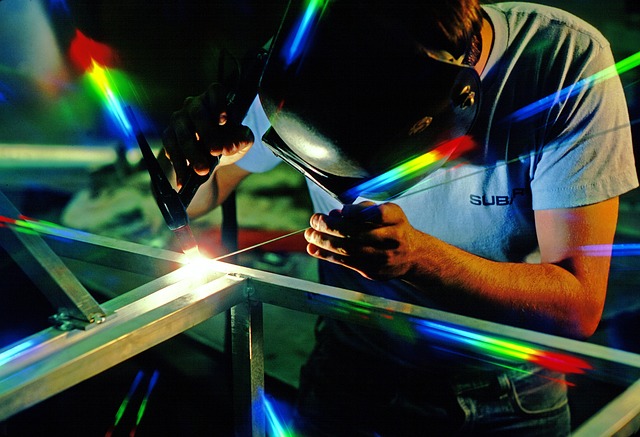
The world of PDR for steel panels is rich with diverse tools, each designed for specific tasks and outcomes. Understanding these tools is key to mastering this intricate art. From plastic hammers and tampers to specialized brushes and abrasives, every tool serves a unique purpose in achieving flawless repairs on steel panels. For instance, plastic hammers are ideal for dent removal as they offer precise control without damaging the panel’s surface. In contrast, tampers are used post-dent removal to smoothen out any remaining indentations, ensuring a seamless finish akin to the original panel.
Knowing when and how to employ these tools is crucial in the context of PDR for steel panels, especially within a collision repair center or auto collision center environment. Proper tool selection can significantly impact the final result, ensuring repairs that are not only structural but also aesthetic, leaving no trace of damage. Thus, technicians should be well-versed in car paint repair techniques and the unique challenges presented by steel panels to deliver top-notch results.
– Factors to consider when selecting tools for specific steel panel repairs
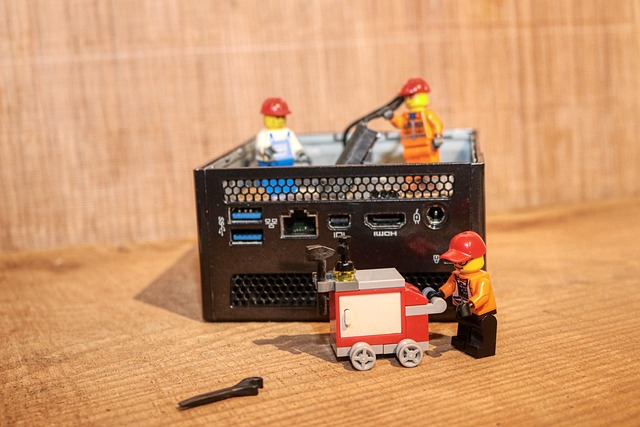
When it comes to selecting tools for PDR (Paintless Dent Repair) on steel panels, several factors come into play. Firstly, consider the type and extent of damage. Different tools are suited for various sizes and shapes of dents, from shallow scratches to deep dings. For instance, a smaller tip may be ideal for precise car scratch repair, while a larger tool is better equipped to handle broader panel damage in auto body restoration projects.
Additionally, the texture and condition of the steel surface should guide your choice. Some tools are designed for smoother finishes, while others cater to rougher surfaces. The versatility of a set also matters; a comprehensive kit offering a range of tips allows for efficient navigation through different stages of vehicle restoration, ensuring that both minor and significant repairs can be executed effectively with minimal tool switching.
PDR (Paintless Dent Repair) techniques have revolutionized the way we address dents and scratches on steel panels, offering a cost-effective and non-invasive solution. By understanding the diverse tool types available and considering specific application needs, professionals can master PDR for steel panels, ensuring superior repair outcomes and customer satisfaction. These advanced tips empower technicians to navigate complex repairs with ease, making PDR an indispensable skill in the automotive industry.
